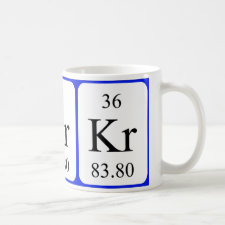
Authors: Razavilar V, Ahari H, Akbari Adergani B, Anvar AA
Article Title: A central composite face-centered design for optimizing the detection of Salmonella typhi with a fluorescence nanobiosensor using the microcontact method.
Publication date: 2019
Journal: International Journal of Environmental Science and Technology
Volume: 16
Issue: (8)
Page numbers: 4637-4646.
DOI: 10.1007/s13762-018-1871-z
Abstract: The rapid detection of Salmonella typhi can be accomplished by developing nanobiosensor kits. Accordingly, in the present study, a molecularly imprinted polymer (MIP) was developed, formed via covalent bonds among methacrylic acid (MAA) monomers and hydrogen bonds between MAA and antibodies. Using this MIP, S. typhi antigen was detected with a fluorescence converter. The S. typhi concentration could be determined at 10 colony/mL (minimum) in polluted water. A spectrofluorometer was used to quantify the findings. In addition, Escherichia coli was inseminated in an aqueous environment containing S. typhi, and no interference with the sensor function was found. The sensor sensitivity was measured for 60 days, and the sensor performance was verified for 56 days. Thereafter, the performance diminished. The present findings indicated the sensitive and precise role of the sensor in detecting S. typhi antigens at concentrations of 10-1 - 10^9
Template and target information: bacteria, Salmonella typhi, S. typhi
Author keywords: Nanosensor, Microcontact, Salmonella Typhi, Spectrofluorometry



Join the Society for Molecular Imprinting

New items RSS feed
Sign-up for e-mail updates:
Choose between receiving an occasional newsletter or more frequent e-mail alerts.
Click here to go to the sign-up page.
Is your name elemental or peptidic? Enter your name and find out by clicking either of the buttons below!
Other products you may like:
 MIPdatabase
MIPdatabase









